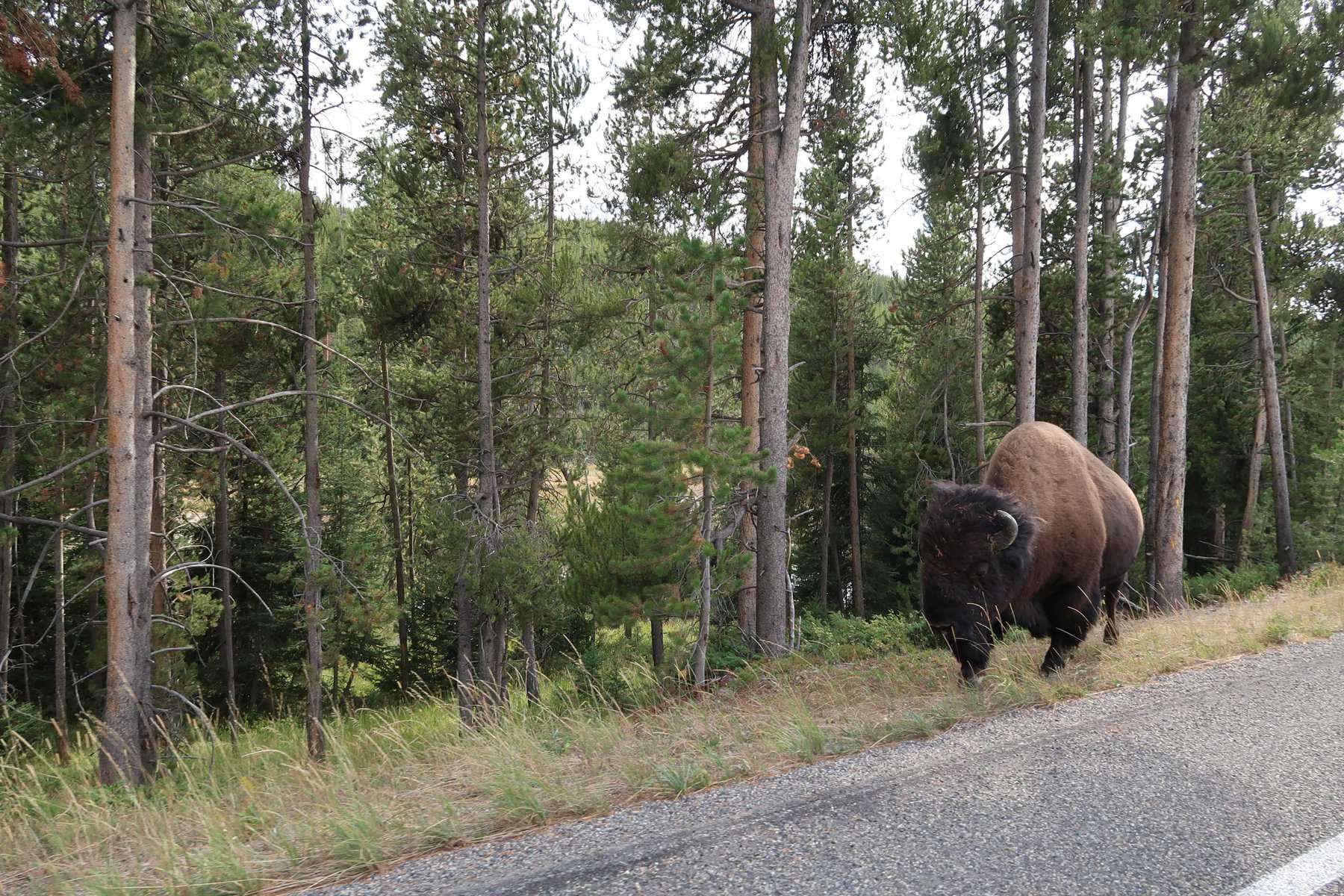National Parks are some of the most beautiful and diverse areas of the United States. With their stunning natural landscapes, unique ecosystems, and abundant wildlife, they attract millions of visitors each year.
However, with this increased popularity comes increased safety concerns. In order to protect you and those you love, let’s discuss the top safety concerns in the United States’ most visited National Parks.
Wildlife Encounters
Wildlife is one of the main reasons people visit National Parks, but it can also be one of the biggest safety concerns. Visitors should always keep a safe distance from animals, whether it’s a bison in Yellowstone or a black bear in Great Smoky Mountains National Park.
It’s important to remember that these animals are wild and unpredictable, and approaching them can be dangerous. Each national parks has specific guidelines advising guests on how far to stay from each animal they may encounter.
For example, visitors should stay about 25 yards away from elk at Rocky Mountain National Park. In Yellowstone, however, guests are advised to stay at least 100 yards from bison and bears. When visiting the Everglades National Park, rangers advise you stay at least 15 feet from alligators.
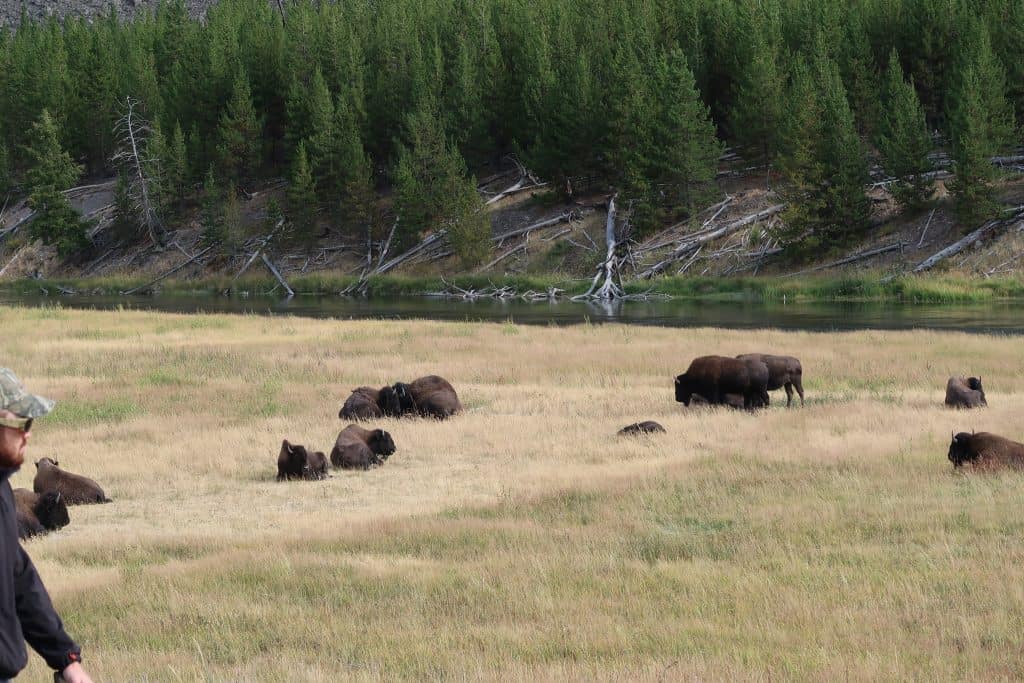
Visitors should also be aware of the potential for wildlife to approach them. This can happen if visitors leave food out or approach animals too closely.
It’s important to follow park guidelines for food storage and disposal, and to never feed wildlife. The consequences of desensitizing animals to humans can and will cost the life of the animal.
Consider the issues with black bears in Yosimite National Park. Due to so many visitors feeding them or being negligent with food waste, the bears are quickly adapting to humans and becoming dangerous pests.
Thus, for your safety and the safety of the animals we all go to enjoy, it is essential that we are mindful of each park’s best practices when viewing wildlife.
Weather
Weather can be unpredictable in National Parks, and visitors should be prepared for a wide range of conditions. In some parks, temperatures can drop below freezing even in the summer months.
Visitors should always check the weather forecast before heading out on a hike, and should bring appropriate clothing and gear for the conditions.
In addition to cold weather, visitors should also be aware of the potential for lightning, flash floods, and other weather-related hazards. It’s important to stay informed about weather conditions and to seek shelter if necessary. Consider stopping by the visitor centers for daily weather updates.
Falls and Cliff Jumping
Many National Parks have stunning cliffs and waterfalls that attract visitors looking for a thrill. However, jumping from these heights can be extremely dangerous. Visitors should never jump from cliffs or waterfalls, as the water may be shallower than it appears or there may be submerged hazards.
In addition, visitors should always stay on designated trails and avoid going too close to the edge of cliffs. Many fatalities in National Parks are the result of falls from cliffs or other high places. Remember that some parks, such as Yellowstone, include geothermal waters that are also areas where extra care is needed so as not to fall.
For those families travelling with small children, it is essential that you maintain close contact with them at all times. Hold their hands. You can even preview hikes on via YouTube channels in order to get a better sense and preparation for the terrain.
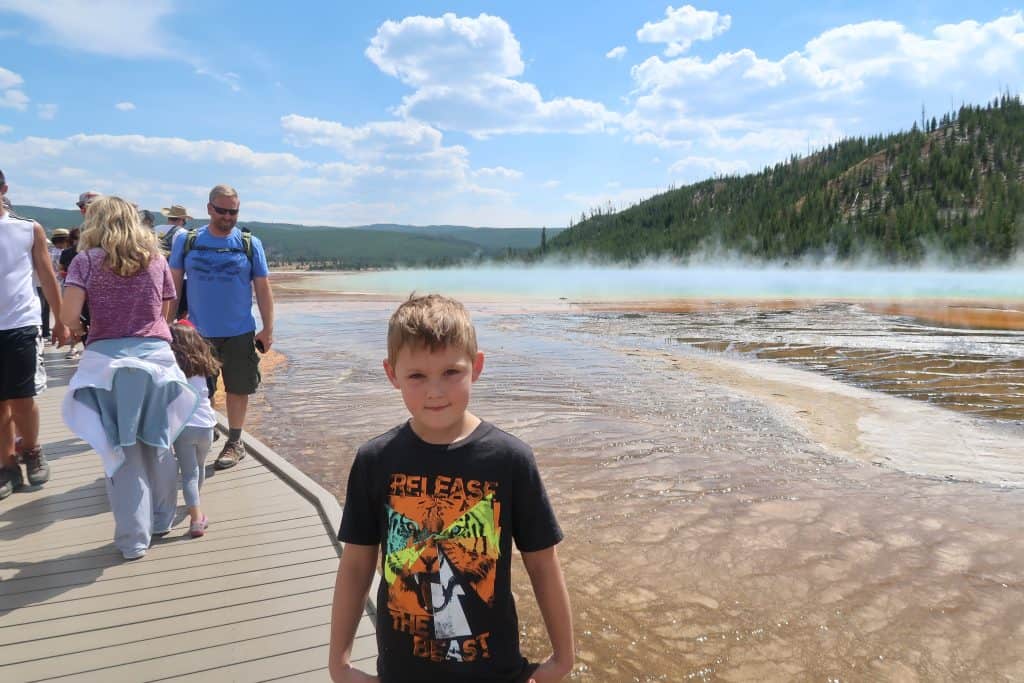
Road Safety
Driving is a common way to get around National Parks, but it can also be one of the most dangerous activities. Visitors should always follow posted speed limits and traffic rules and should be aware of wildlife that may be crossing the road.
It’s important to never drive distracted or under the influence of drugs or alcohol.
In addition, visitors should be aware of the potential for accidents on narrow or winding roads. Always wear seatbelts while driving.
We also suggest previewing some of the drives before you go. In Rocky Mountain National Park, Old Fall River Road is very narrow and windy. We suggest a preview as well as extra consideration for those prone to motion sickness.
In Glacier National Park, Going to The Sun Road can also be a challenge as it is narrow, and the magnificent views can distract even the most focused of drivers.
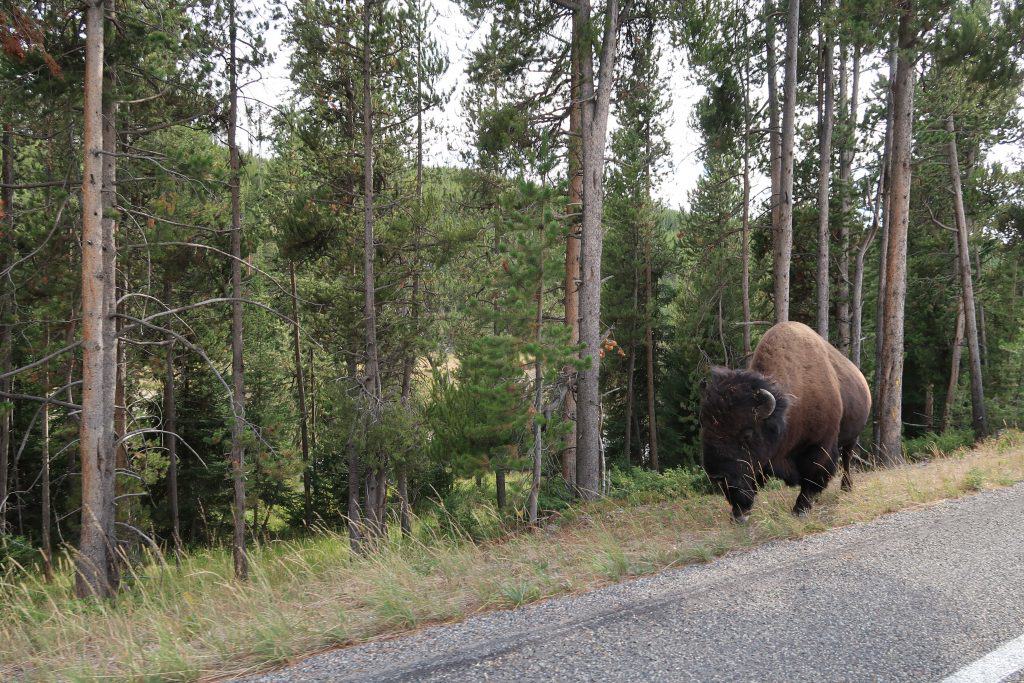
Be aware of roads that recommend four-wheel-drive vehicles, additional gas cans, and extra tire availability. For example, the road out to the Golf Course (not the real golf course, but a region with interesting rock forms) in Death Valley National Park can require four-wheel-drive or additional considerations.
Big Bend National Park is similar with some roads requiring extra capabilities.
While the park maps try to be as comprehensive of a resource as possible, we, again, must advise that you discuss your plans with a park ranger. Even after many visits to some of these parks, our family have been cautioned against some impending park plans!
Water Safety
National Parks are home to many lakes, rivers, and other bodies of water that can be tempting for visitors looking to cool off on a hot day. However, these bodies of water can also be dangerous. Visitors should always follow posted signs and warnings. Never swim in areas that are designated as off-limits.
It’s also important to be aware of the potential for strong currents or undertows, particularly in rivers or near waterfalls. Visitors should never dive into unknown bodies of water or swim alone.
For information on areas of the parks that are safe for swimming, please ask the park rangers! Please do not assume that other visitors have done that work.
The parks are not full of signage as broad or visible as as commercially operated parks might be. The rangers are always your most reliable resources!
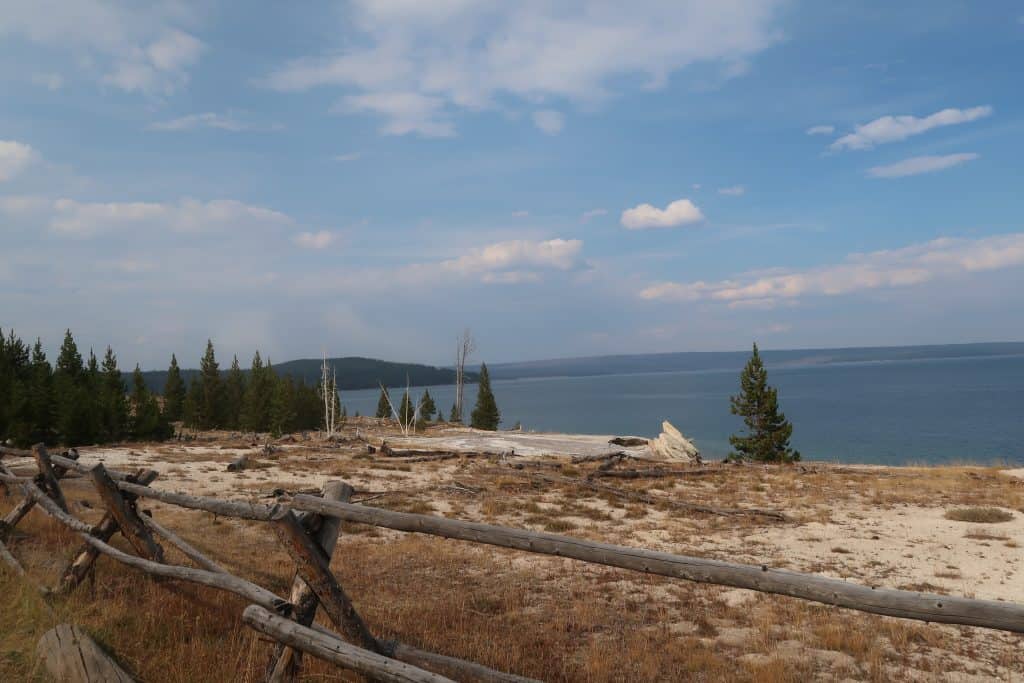
Be Prepared
In addition to the precautions outline above, we strong suggest that visitors always carry a first aid kit when visiting a national park. These kits can provide quick and necessary medical attention in case of an emergency.
National parks offer a wide range of activities and experiences: hiking, camping, and exploring remote areas. These adventures may pose certain risks such as falls, cuts, burns, insect bites, or other injuries.
A first aid kit can help treat minor injuries and prevent them from becoming more serious. It can also help stabilize a patient before seeking professional medical attention.
National parks often have limited access to medical facilities and emergency services, especially in remote areas, making a first aid kit even more crucial.
Therefore, carrying a well-stocked first aid kit while travelling in national parks can be a lifesaving tool in case of an emergency, and it is an important part of any outdoor adventure. Our parks offer wonderful opportunities to explore some of the most beautiful and unique landscapes in the United States. However, visitors should always be aware of the potential for safety hazards.
By following park rules and guidelines, staying informed about weather conditions, and being aware of potential risks, visitors can have a safe and enjoyable experience in our nation’s National Parks.

